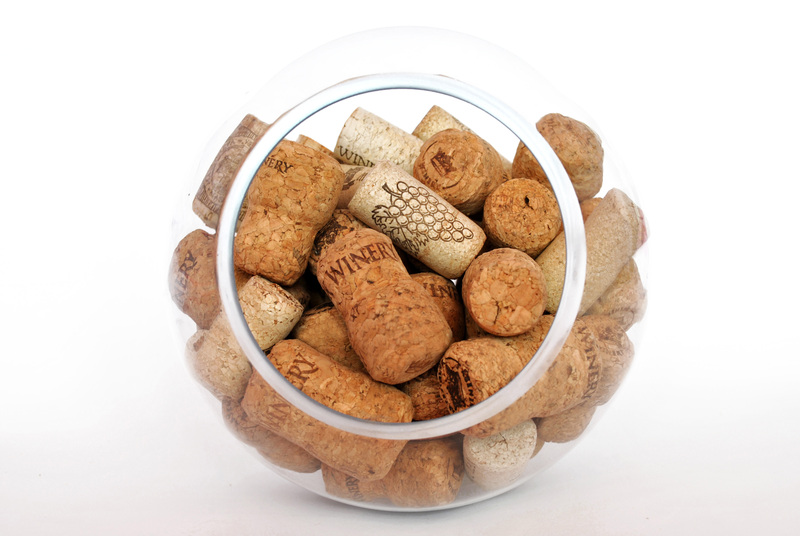Efficient Styrofoam Disposal Methods
Posted on 23/10/2024
Styrofoam, also known as expanded polystyrene (EPS), is a common material used for packaging and insulation due to its lightweight and insulating properties. Despite its widespread use, Styrofoam poses significant environmental challenges because it is non-biodegradable and often ends up in landfills, contributing to pollution. As a result, finding efficient Styrofoam disposal methods is crucial for reducing its environmental impact.
Recycling Styrofoam
One of the most effective ways to dispose of Styrofoam is through recycling. However, recycling Styrofoam is not as straightforward as recycling other materials like paper or plastic. Here are the steps involved:
1. Locate a Recycling Facility: Not all recycling centers accept Styrofoam, so it is essential to find a facility that does. Websites like Earth911 can help locate recycling centers in your area.
2. Clean the Styrofoam: Ensure that the Styrofoam is clean and free from contaminants. Any food residue or dirt can hinder the recycling process.
3. Drop-off or Pick-up Services: Some recycling facilities offer drop-off services, while others may provide pick-up services for larger quantities of Styrofoam.
Recycling helps convert used Styrofoam into new products, such as picture frames, crown molding, and insulation material, thus reducing the need for new raw materials.

Reusing Styrofoam
Another efficient method for disposing of Styrofoam is reusing it. Here are some creative ideas for repurposing Styrofoam:
1. Insulation: Styrofoam can be used as insulation for home improvement projects, such as insulating walls, roofs, or floors.
2. Craft Projects: Styrofoam can be used in various craft projects, such as creating decorative items, school projects, or DIY sculptures.
3. Packaging: Reuse Styrofoam peanuts or blocks for packaging fragile items when shipping or moving.
Reusing Styrofoam not only reduces waste but also cuts down on the need for new materials.
Composting Styrofoam Alternatives
While traditional Styrofoam is non-biodegradable, compostable alternatives are available. Some companies now produce compostable packing peanuts made from materials like cornstarch. These biodegradable alternatives can be composted at home or taken to facilities that accept compostable materials. Switching to compostable alternatives reduces the environmental impact significantly.
Donating Styrofoam
If you have large quantities of Styrofoam that you no longer need, consider donating it to organizations that can put it to good use. Art schools, community centers, and charity organizations may accept Styrofoam for their projects. Contact local groups to see if they can benefit from your unused Styrofoam.
Pros and Cons of Styrofoam Disposal Methods
Pros:
- Environmental Impact: Proper disposal methods reduce the environmental impact of Styrofoam waste.
- Resource Conservation: Recycling and reusing Styrofoam help conserve resources by reducing the need for new raw materials.
- Community Benefit: Donating Styrofoam can support community projects and educational programs.
Cons:
- Accessibility: Not all areas have facilities that accept Styrofoam for recycling, making it challenging for some individuals to dispose of it properly.
- Cost: Some recycling services may charge fees, which can be a deterrent for people looking to recycle Styrofoam.
- Effort: Properly cleaning and preparing Styrofoam for recycling can be time-consuming.
Tips for Efficient Styrofoam Disposal
1. Research Local Facilities: Investigate local recycling centers and facilities to determine if they accept Styrofoam.
2. Clean Before Recycling: Ensure that all Styrofoam is clean before recycling to avoid contamination.
3. Explore Reuse Options: Look for opportunities to reuse Styrofoam in crafts, home projects, or packaging.
4. Consider Alternatives: When possible, choose compostable or biodegradable alternatives to traditional Styrofoam.
5. Educate Yourself and Others: Raise awareness about the importance of proper Styrofoam disposal within your community.

Takeaways
- Proper disposal of Styrofoam is crucial for minimizing its environmental impact.
- Recycling and reusing Styrofoam are effective methods for reducing waste.
- Compostable alternatives offer eco-friendly options that can be composted.
- Donations can benefit community organizations and reduce Styrofoam waste.
- Understanding the pros and cons of each method can help determine the most suitable disposal option.
Conclusion
Efficient Styrofoam disposal methods are essential for mitigating its environmental impact. Whether through recycling, reusing, donating, or switching to compostable alternatives, responsible disposal of Styrofoam can significantly reduce waste and pollution. By educating ourselves and our communities about the importance of proper Styrofoam disposal, we can contribute to a more sustainable and environmentally-friendly future.

